Enter a surname, town name or other keyword to search the database. Remember to
allow for the different spellings of 'Mc' and 'Mac.' Good luck!
{Search tips: Use single word search terms for more results}
You must enter some valid character(s) into the search field

Reference: 28764c
Portrait. #...
|

Reference: 28764b
Portrait. #...
|

Reference: 28764a
Portrait. #...
|
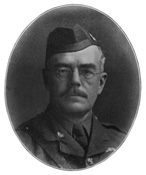
Reference: 27563a
Major Angus Falconer Douglas-H...
|
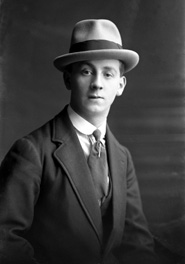
Reference: 23045
Mr Smith, Banchory Lodge, Banc...
|
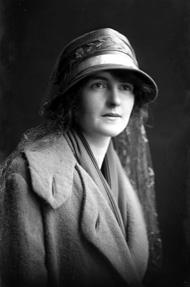
Reference: 23042
Miss Holder (or Holden?), High...
|
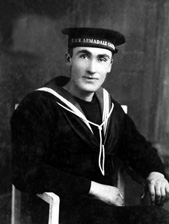
Reference: H-0204a
Hat band denotes HMS Armadale ...
|
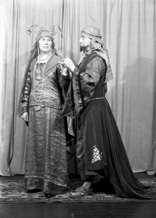
Reference: 29108f
Matheson Lang was born in Mont...
|
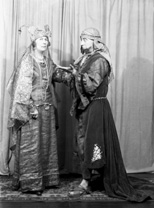
Reference: 29108e
Matheson Lang was born in Mont...
|
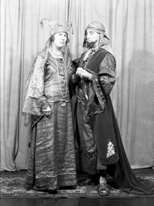
Reference: 29108d
Matheson Lang was born in Mont...
|
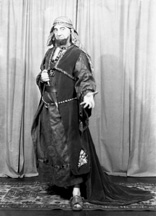
Reference: 29108c
Matheson Lang was born in Mont...
|
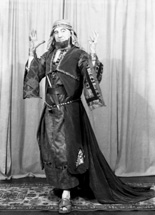
Reference: 29108b
Matheson Lang was born in Mont...
|